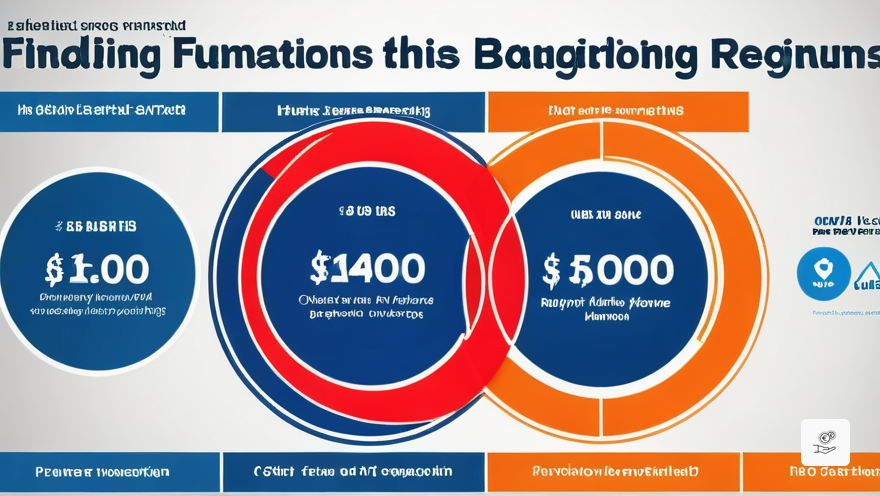Navigating the Prop Trading Landscape: Unveiling the Distinctive Features of Finotive Funding and FTMO

Deciphering the Differences: A Comprehensive Guide
In the dynamic world of proprietary trading, traders seeking a compatible partnership face a crucial decision: Finotive Funding or Ftmo. Each firm presents a unique set of objectives and requirements, meticulously crafted to align with specific trading strategies. This in-depth comparison unravels the intricate details, empowering traders to make an informed choice.
Trading Objectives: A Comparative Analysis
Phase 1 Profit Target: Finotive Funding sets a modest target of 7.5%, while Ftmo challenges traders with a higher benchmark of 10%. This initial hurdle establishes the foundation for subsequent trading endeavors.
Phase 2 Profit Target: Both firms converge on a 5% target, indicating a shared belief in sustainable growth and consistent performance.
Maximum Daily Loss: A prudent 5% limit is enforced by both entities, safeguarding traders from excessive drawdowns and preserving trading capital.
Total Maximum Loss: Each firm adheres to a 10% cap, ensuring that potential losses remain within manageable bounds.
Minimum Trading Days: Finotive Funding adopts a flexible approach, allowing traders to determine their trading frequency. In contrast, Ftmo mandates a minimum of 4 calendar days of trading, fostering discipline and consistent market engagement.
Maximum Trading Period: Both firms grant unlimited trading periods, empowering traders to pursue their objectives at their own pace.
Profit Split: Finotive Funding offers a generous range of 75% to 95%, rewarding successful traders with a substantial share of the profits. Ftmo‘s profit split ranges from 80% to 90%, providing a competitive incentive for exceptional performance.
Distinctive Features: Shaping the Trading Experience
Finotive Funding’s lower Phase 1 profit target and absence of minimum trading days cater to traders seeking flexibility and a less demanding entry point. Its higher potential profit split of up to 95% holds allure for those confident in their trading abilities.
Ftmo‘s higher Phase 1 profit target and minimum trading days requirement appeal to traders who thrive under pressure and value discipline. Its competitive profit split of up to 90% offers a compelling reward for achieving exceptional results.
Conclusion: Embracing the Right Fit
FTMO: 5 key considerations

- Phase 1 profit target: 10%
- Phase 2 profit target: 5%
- Maximum daily loss: 5%
- Total maximum loss: 10%
- Minimum trading days: 4
The choice between Finotive Funding and Ftmo hinges on individual trading preferences and risk tolerance. Finotive Funding’s flexibility and potentially higher rewards may resonate with traders seeking a less structured environment. Ftmo‘s demanding requirements and competitive profit split cater to traders who excel under pressure and value external accountability.
Ultimately, the most suitable choice lies in the hands of the trader. By carefully considering the nuances of each firm’s objectives and requirements, traders can align themselves with a proprietary trading partner that empowers them to achieve their trading aspirations.







